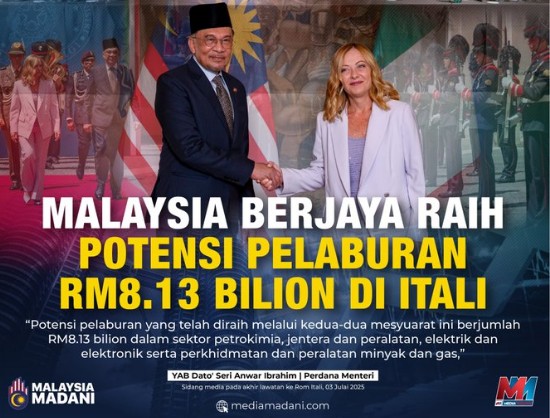A MIXED bag of leading indicators – notably, manufacturing Purchasing Manager Indices (PMI) and imports of intermediate goods – amid a resurgence of COVID-19 infections are pointing to a bumpy export outlook for Malaysia.
This is despite Malaysia’s September exports staged a strong growth rebound to 13.6% year-on-year (yoy) (August: -2.9% yoy) – the best performance since October 2018.
Apart from the persistent and steeper decline in Malaysia’s imports of intermediate goods, Malaysia’s manufacturing PMIs have retraced to contractionary territory since August – at 49.0 points in September, according to United Overseas Bank (M) Bhd senior economist Julia Goh.
The PMIs for August: stood at 49.3 points, July (50.0 points) and June (51.0 points).
“The US is in the midst of one of the most severe surges of COVID-19 infections to date, while a new surge of COVID-19 cases across EU countries have prompted a new round of lockdowns.
“Malaysia has extended the conditional movement control order (CMCO) in Selangor, Kuala Lumpur, Putrajaya, and Sabah until Nov 8-9.
“This suggests a slow and uneven recovery pace ahead,” noted Goh in a macro note.
She further pointed out that the year-to-date (YTD) export contraction of 3.7% is in tandem with UOB Malaysia’s 2020 full-year export projection of 3.5%.
“We project exports to rise 4.0% in 2021, supported by projected recovery in global demand,” said Goh. “Supply and availability of COVID-19 vaccines are generally expected to be ready by mid-2021.”
That aside, the outcome of the US presidential elections on Nov 3, passage of US fiscal stimulus package, and progress of vaccine trials over the coming months are key drivers of global trade and investment in 2021, added Goh.
Meanwhile, CGS-CIMB Research economist Michelle Chia opined that while imports have gradually narrowed annual losses in recent months, the second wave of COVID-19 and the implementation of CMCO has dented the recovery in domestic demand.
“Political uncertainty and social distancing curbs could cool consumer and business sentiment with downside risks in the near term to the recovery in imports of consumption goods (11.2% yoy in September vs 2.9% yoy in August) and capital goods (-1.8% yoy in September vs -15.5% yoy in August),” she wrote in an economic note.
All-in, CGC-CIMB maintained its 2020 forecasts for gross exports at -2.0% and gross imports at -3.5%, which collectively underpin a current account surplus of 2.8% of gross domestic product, thus providing a degree of stability to the ringgit from dislocations in financial flows.
“We expect Bank Negara Malaysia to reduce its Overnight Policy Rate by 25 basis points to 1.50% on Nov 3 to provide further monetary stimulus,” she added. – Oct 28, 2020









